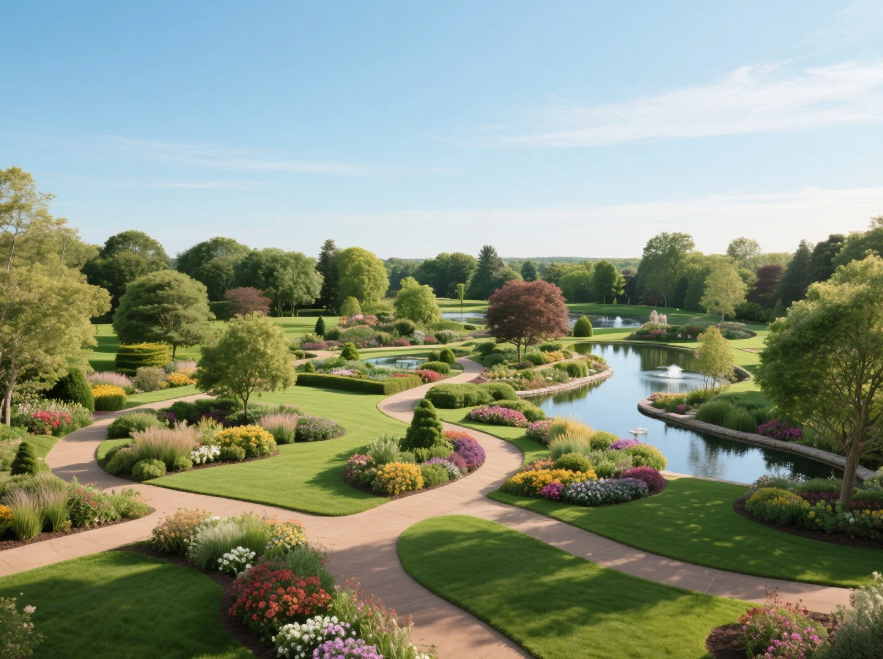2025 Landscape Design Trends: Elevate Outdoor Spaces with Smart Solutions

Contemporary landscape design integrates ecological sustainability with aesthetic functionality, creating spaces that harmonize with both nature and human needs. This analysis explores 15 critical components shaping today's outdoor design industry while addressing key search queries for property owners and professionals.
Core Design Principles
Modern residential landscape design emphasizes multi-functional spaces combining native plantings with smart irrigation systems. Commercial projects increasingly adopt sustainable landscaping practices using permeable paving and rainwater harvesting solutions. Advanced landscape architecture software now enables 3D visualization of complex elements like tiered gardens and water features.
Ecological Integration
Climate-responsive xeriscaping design reduces water consumption through drought-resistant plant selection and efficient zoning. Urban green roof installations combine stormwater management with biodiversity enhancement. Cutting-edge eco-friendly landscape design incorporates solar-powered lighting and recycled material hardscapes to minimize environmental impact.
Technical Implementation
Professional landscape design services now utilize drone topography mapping and soil sensors for precision planning. Automated irrigation system design integrates weather forecasting APIs to optimize water usage. Smart landscape lighting solutions employ motion sensors and programmable LED arrays to enhance security while reducing energy costs.
Specialized Applications
High-end pool landscape design blends safety features with resort-style aesthetics using non-slip materials and tropical plantings. Commercial landscape design for corporate campuses prioritizes employee wellness through therapeutic gardens and walking meditation paths. Urban small space landscaping maximizes vertical gardens and modular planters for balcony and rooftop applications.
Material Innovation
Next-gen hardscape design utilizes composite decking materials and UV-resistant polymers for longevity. Permeable patio landscape design incorporates grid pavers that support turf growth while handling foot traffic. Experimental landscape design materials like bio-concrete and mycelium-based composites are revolutionizing sustainable construction.
Digital Transformation
AI-powered landscape design software now generates multiple concept drafts based on site parameters and client preferences. Virtual reality landscape visualization tools allow clients to experience designs in immersive 360-degree simulations. Cloud-based landscape project management platforms streamline collaboration between designers, contractors, and horticulturists.
Seasonal Considerations
Adaptive four-season landscape design ensures year-round visual interest through strategic plant selection and hardscape lighting. Winter-focused snow-melt landscape solutions integrate radiant heating systems beneath walkways. Autumn leaf management designs employ strategic drainage grading and decorative mulch patterns.
Implementation Framework
- Conduct microclimate analysis before finalizing backyard landscape designs
- Implement phased installation for complex outdoor living space projects
- Use soil DNA testing to optimize plant selection
- Schedule seasonal audits of landscape drainage systems
- Integrate IoT sensors for real-time plant health monitoring
Emerging Trends
Biophilic healing garden designs are gaining traction in healthcare facilities, incorporating sensory plants and labyrinth pathways. Edible landscape design merges food production with ornamental aesthetics through artistic vegetable arrangements. Climate-change resilient coastal landscape designs employ salt-tolerant species and erosion control terraces.